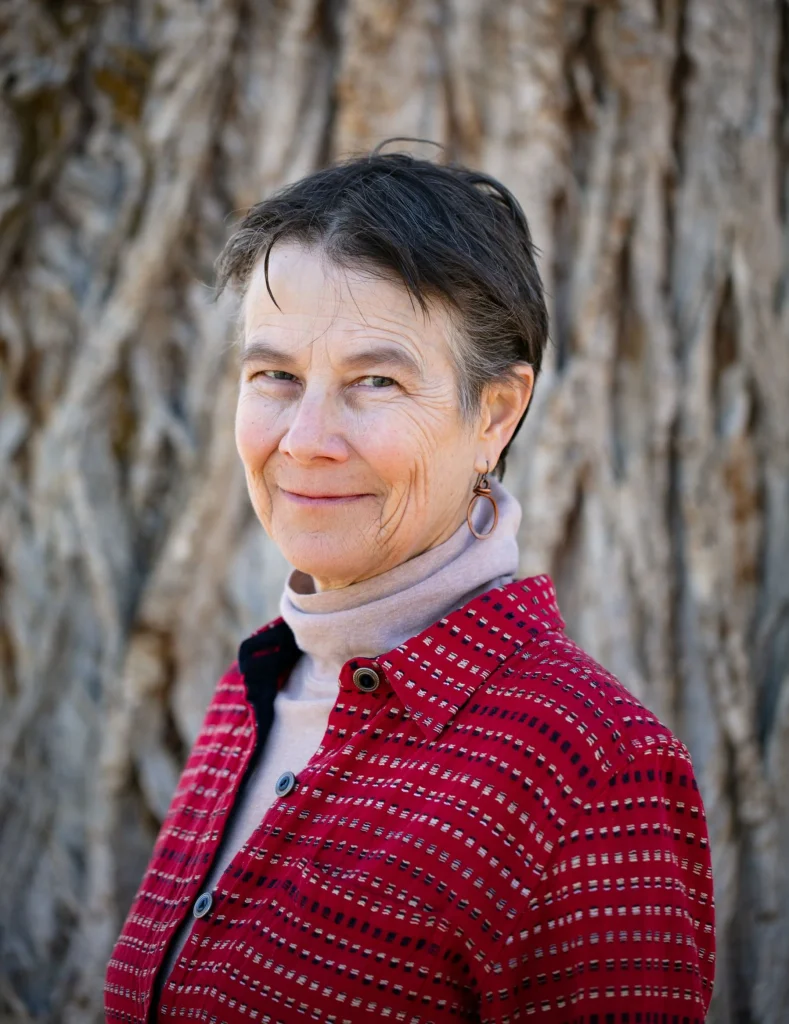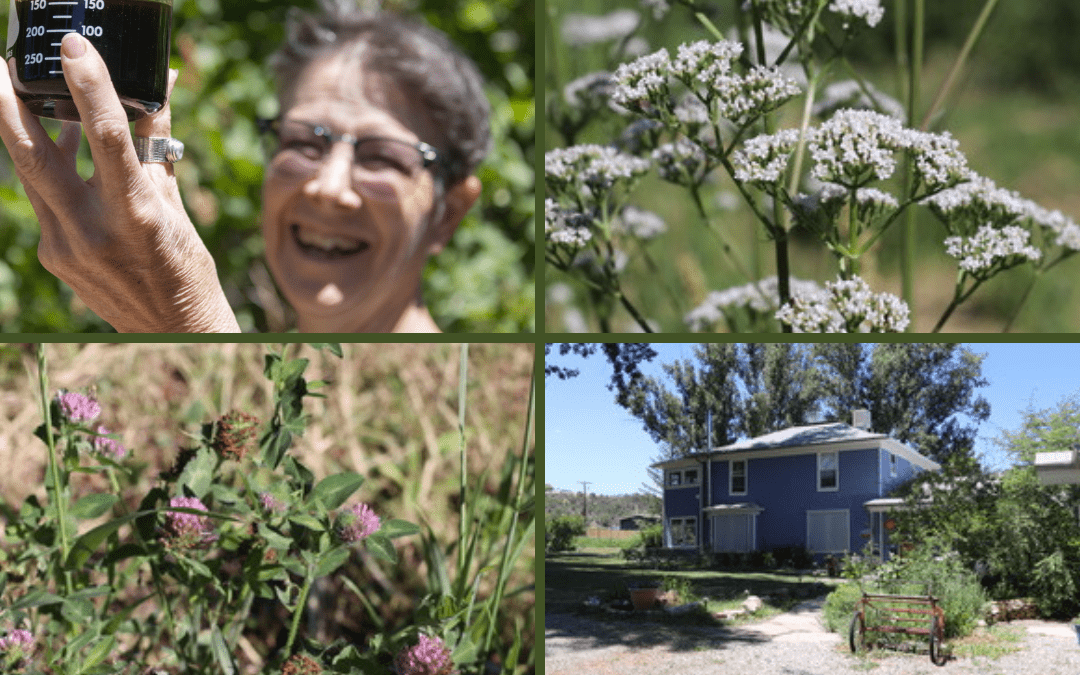Lately, I’ve been reflecting on the roots of my herbal practice and what has shaped the way I understand and work with plants today. Herbal medicine is often spoken about in poetic or intuitive language, and while that is a beautiful part of it, there is also a profound science at its core. The meeting point of tradition and chemistry is where the real magic happens. This story is about the teacher and training that helped me bridge that space, deepen my confidence, and refine the way I prepare herbal remedies for the people I support.
I want to share something that deeply shaped my connection to herbal medicine. When I first began studying herbs as a Naturopath and Clinical Herbalist, I learned them through tradition. I knew which herbs were used for which conditions, which were calming, which supported digestion, which nourished the nervous system. But something was missing for me. I didn’t quite understand why they worked or what inside each herb made it suitable for certain organs or patterns of imbalance. And I definitely didn’t have a clear picture of when a herb was best offered as a tea, a tincture, a powder, a glycerite, or a capsule.
Then I met Lisa Ganora.

Lisa is an herbalist, biochemist, botanical medicine practitioner, and teacher. Her course, Herbal Constituents, changed the way I understand herbal medicine forever. This one-year program taught me the phytochemistry behind plants and food: what’s actually in them, how those constituents act in the body, and how different solvents bring out different components of the plant.
This truly matters. Some conditions are best supported by herbs extracted in water. Others need alcohol to draw out their beneficial compounds. Some herbs offer their magic through their volatile oils; some through their flavonoids or alkaloids; some through mucilage or tannins. When you know what part of the plant you’re trying to work with, you can choose the correct extraction method. Water, alcohol, glycerin, honey oxymels — each one pulls out different chemistry. And that chemistry is what becomes medicine.
This is the heart of phytochemistry. It gives herbalists the ability to craft formulas that are not just traditional, but precise. Personalized. Effective. Medicine made for the person in front of you, not just the condition.
Later, I had the chance to study with Lisa in person at her Make Better Medicine workshop in Paonia, Colorado. It was one of those experiences that imprints on your memory forever. We harvested plants right from her farm, then brought them into the lab and worked through every step of the extraction process. We discussed which constituents we wanted to emphasize, and based on that, decided whether to macerate, percolate, blend, or slow-extract. We measured the ratio of water to ethanol in our tinctures depending on polarity — a beautiful merging of science and intuition.
That was the moment where herbal medicine stopped being something I knew and became something I could feel and understand on a biochemical level. I saw the intelligence of plants so clearly. I gained a deeper respect for their structure, their adaptability, and their synergy. Herbal medicine is not folklore. It is chemistry, ecology, and traditional knowledge woven together.
And this is something I wish more people understood.
Plants have been used for thousands of years across cultures and continents. This knowledge was passed down by healers, midwives, elders, farmers, and herbal practitioners long before laboratories existed. Even today, pharmaceutical medicine often begins by studying plants — isolating a molecule, duplicating it, and turning it into a drug. But as a herbalist, I work with the plant as a whole being. Flowers, leaves, roots, stems, rhizomes — each part carries a different expression of its healing intelligence.
I believe people deserve to know that they have options. That health is not only found in a prescription bottle. That there are ways to work with the body, not just override it. And I also believe in choice. Some people choose pharmaceuticals. Some choose lifestyle change, herbal medicine, and nourishment. Many integrate both approaches. And in a free society, we should be able to choose.
This is why I continue to learn. To teach. To empower. To help people understand their own bodies so that fear begins to fall away and agency returns.
When you understand your health, you begin to reclaim it. And that is where healing begins.

